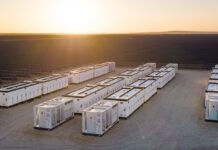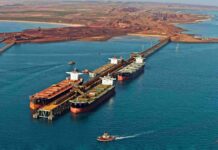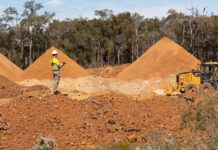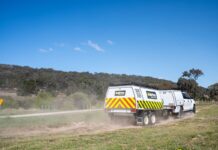Court rules for safer conditions for Queensland mines
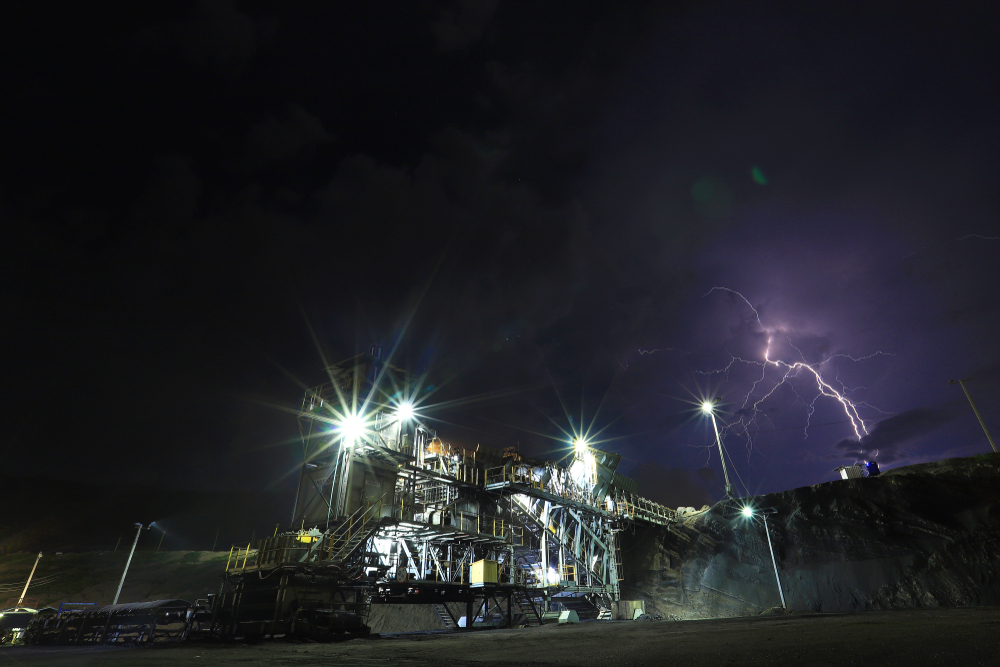
The Queensland Industrial Court has ruled in favour of the state’s resources regulator to limit operations at Queensland open cut mines during severe lightning storms.
Resources Safety and Health Queensland (RSHQ) has issued a safety alert following the outcome, which confirmed it was not safe for mine workers to operate heavy mobile equipment (HME) such as bulldozers and dump trucks, during nearby lightning storms.
The court cases arose after RSHQ coal mines chief inspector Jacques le Roux first issued a directive in October 2023 to stop a major mine from operating when a lightning strike was nearby.
Mr le Roux says the findings reaffirmed the regulator’s approach to putting the safety of workers first.
“Lightning strikes at mines and quarries in Central Queensland during storm season are relatively common and can affect heavy mobile equipment,” he said.
“Lightning can strike equipment or the ground directly, cause tyre explosions in vehicles with air-filled tyres or travel through conductive parts of vehicles and buildings, electrocuting workers.
“This ruling means those in the mining industry can’t be pressured to keep working in unsafe circumstances.”
A BMA coal mine in Central Queensland had been continuing to operate heavy vehicles when lightning strikes were less than 16km away, because it argued tyres filled with 95% nitrogen prevented the tyres from exploding if struck.
While this is true, Mr le Roux issued the directive on the basis that, in these circumstances, other factors associated with lightning events still presents an unacceptable level of risk to workers.
The mine appealed the directive in the Industrial Court which, backed by expert advice, gave a clearer direction to surface mines on what is an unacceptable risk in operating HME during severe lighting.
The Industrial Court found that filling tyres with nitrogen might address one risk (tyre explosions) but not all risks and there is a risk that if HME is operated during nearby lightning events and the tyres are not filled with 95% nitrogen, then the tyres could explode, endangering workers.
HMEs have a ‘Faraday cage’ effect so that the energy of a lightning strike would be dispersed across the surface if it were to be hit. However, the court found this only gives partial protection and there are still metal surfaces (like pedals) inside the HME that can conduct electricity in the event of a lightning strike.
In conclusion, the court found that when lightning strikes are occurring within 16km, HME with nitrogen filled tyres must be safely parked up and workers should stay in the vehicles until lightning has abated.
“The safest place for workers to be during a lightning event is in a secure building with lightning protection,” Mr le Roux said.
“However, the court has deemed it is safe enough for workers to stay inside heavy mobile equipment if tyres are nitrogen filled but, importantly, they must park up in a safe location and not operate when lightning is within 16km.
“It’s commendable BMA is looking at ways to improve safety, such as filling tyres with nitrogen, and we encourage other open cut mine operators to do the same. We wouldn’t be doing our job as a regulator if we weren’t pushing for the safest possible option.”
Recently, BMA filed an additional appeal with the Queensland Court of Appeal but the appeal was denied, and the Industrial Court findings were upheld.
Mr le Roux says the court outcomes also confirmed open cut mine workers should never be in heavy mobile equipment without nitrogen-filled tyres if lightning was within 16km.
“Mines that do not operate HME with nitrogen in their tyres should transition workers to a safe building before lightning approaches the site,” he said.
“Mines with nitrogen-filled tyres must ensure there are adequate processes in place to ensure the tyres stay at 95% nitrogen or more. Anything less could cause an explosion in the event of a lightning strike.”
The most recent lighting event causing injury in Australia occurred in WA at BHP’s (ASX: BHP) Mt Whaleback iron ore mine in January. Following a freak lightning strike that caused a dump truck tyre explosion, six workers needed medical treatment.
The injuries were caused by the shock wave from the tyre explosion springing a door open and dislodging an air conditioner and television off their wall mounts.
The site was under a red alert lightning storm status at the time of the event.


